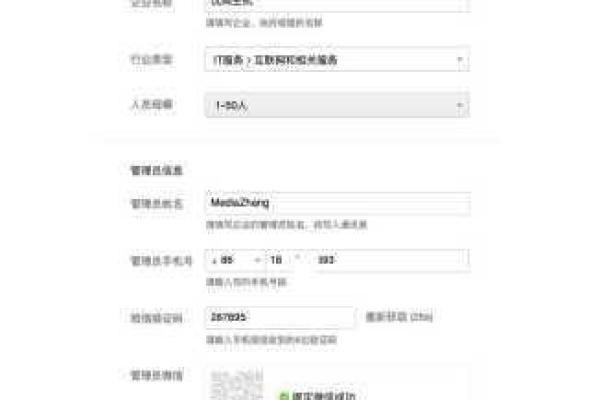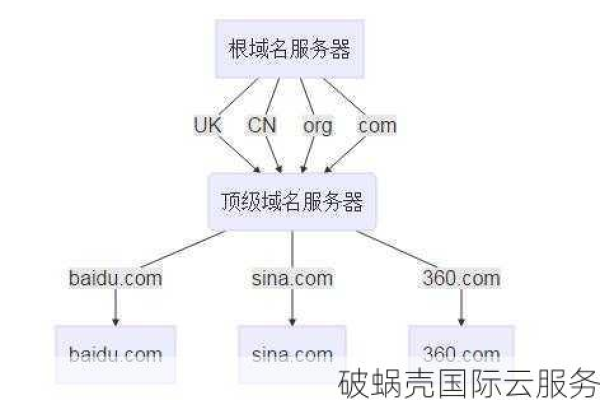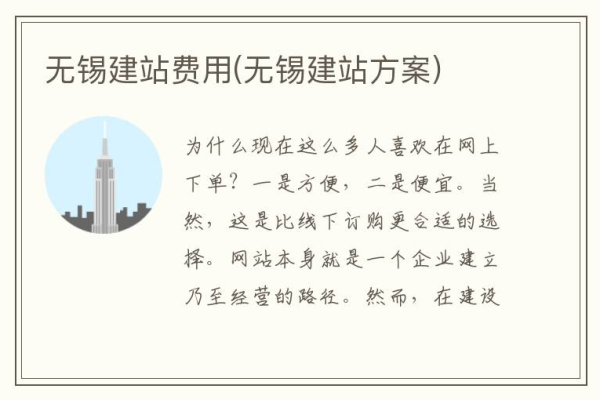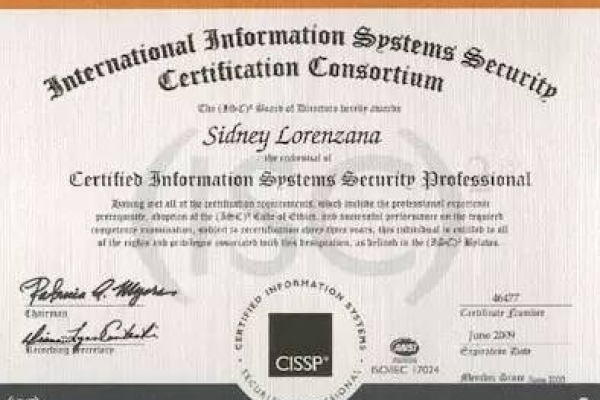如何巧妙选择和命名你的域名?
- 行业动态
- 2024-09-24
- 3
如何挑选及命名域名
在数字化时代,域名不仅是企业在线身份的象征,也是品牌战略的重要组成部分,一个恰当的域名可以增强品牌的识别度,提高网站的流量,并有助于搜索引擎优化(SEO),选择和命名域名是一个需要深思熟虑的过程,以下是一些关键步骤和建议,帮助您在域名的选择和命名过程中做出明智的决策。
1. 明确域名的目的
在开始寻找域名之前,首先要明确域名的用途,是用于商业网站、个人博客、电子商务平台还是其他?不同的用途可能需要不同类型的域名。
2. 保持简短和易于记忆
简短的域名更容易被记住,也更容易输入,尽量选择6-14个字符之间的域名,避免使用复杂的拼写和连字符,这可能会让用户难以记住和输入。
3. 包含关键词
如果可能的话,尝试在域名中包含与您的业务或品牌相关的关键词,这不仅有助于用户理解您的网站内容,也有利于搜索引擎优化。
4. 考虑品牌一致性

域名应该反映您的品牌名称或其变体,如果您的品牌名称已被占用,可以考虑添加地理位置、产品类型或其他描述性词汇。
5. 避免侵权
在选择域名之前,确保它不会侵犯他人的商标权,可以通过搜索现有的商标注册数据库来检查潜在的冲突。
6. 选择合适的顶级域(TLD)
顶级域(如.com、.net、.org等)对域名的影响很大。.com通常是商业网站的首选,而.org适合非营利组织,根据您的业务性质选择合适的TLD。
7. 检查域名的历史
在购买二手域名之前,要检查该域名的历史记录,确保它没有被搜索引擎列入黑名单,也没有不良的关联。

8. 考虑未来的扩展性
选择一个能够随着业务发展而适应的域名,避免使用过于具体的词汇,这样可以在未来有更多的灵活性。
9. 获取反馈
在确定域名之前,向朋友、家人或潜在客户征求意见,他们的观点可能会提供新的视角。
10. 注册多个相关域名
为了保护品牌和避免混淆,您可能需要考虑注册多个相关域名,包括常见的拼写错误。
单元表格:域名命名示例

| 用途 | 推荐域名 | 解释 |
| 商业网站 | yourbrand.com | 包含品牌名称,简短易记 |
| 个人博客 | yourname.blog | 包含作者名字,表明博客性质 |
| 电子商务平台 | shopyourbrand.com | 包含购物相关的关键词 |
| 教育网站 | learnwithus.edu | 包含教育和学习相关的关键词 |
相关问题与解答
Q1: 如果理想的域名已经被占用怎么办?
A1: 如果理想的.com域名已经被占用,您可以考虑以下几种策略:尝试购买该域名(如果所有者愿意出售);选择其他的TLD,如.net或.org;或者在域名中添加额外的元素,如地理位置或描述性词汇,以创造一个独一无二的变体。
Q2: 域名的长度是否真的很重要?
A2: 域名的长度确实很重要,较短的域名更容易记忆和输入,有助于用户快速访问您的网站,同时也更有利于口口相传的推广,域名的含义和相关性通常比长度更重要,因此在保证域名具有意义的前提下,应尽量保持简短。
















